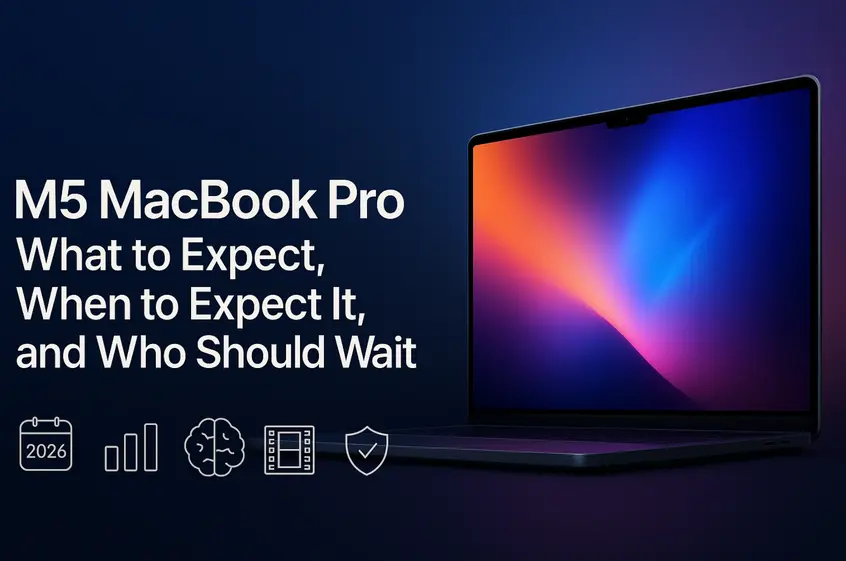How competitive price monitoring helps manufacturers defend MAP pricing
Published on
Updated on

Modern retail operates at breakneck speed across thousands of digital channels worldwide. Price changes happen within minutes, creating intense pressure on manufacturers to maintain control over their product pricing strategies. Competitive price monitoring has become the cornerstone strategy that enables manufacturers to defend their Minimum Advertised Price policies effectively across all sales channels. This comprehensive approach transforms reactive enforcement into proactive brand protection, ensuring consistent pricing standards while preserving profit margins and market positioning.

Understanding the connection between MAP and competitive intelligence
Minimum Advertised Price policies establish the lowest price point at which retailers can publicly advertise a manufacturer's products. Unlike MSRP, which serves as a pricing suggestion, MAP creates enforceable agreements that protect manufacturers from destructive price wars. These policies ensure consistent brand positioning across channels while maintaining adequate profit margins for both manufacturers and retail partners.
MAP policies regulate advertised prices rather than actual selling prices. This distinction allows retailers flexibility in final transaction pricing while preserving public perception of product value. When implemented correctly, MAP policies create stable market conditions that benefit all stakeholders by preventing race-to-the-bottom scenarios.
Without systematic monitoring, manufacturers face significant challenges in maintaining MAP compliance across their entire distribution network. Price violations spread rapidly across digital platforms, creating cascading effects where compliant retailers feel pressured to match unauthorized discounts from competitors. This race to the bottom erodes profit margins and damages brand perception among target consumers. Unauthorized sellers often trigger widespread violations by advertising below established thresholds, creating market instability that affects all channel partners.
Key components of effective MAP defense strategy
Real-time price tracking across channels
Automated monitoring systems provide comprehensive coverage across diverse retail environments, from major marketplaces to independent websites. These systems continuously scan product listings, capturing price changes within hours rather than days required by manual approaches. Modern technology identifies products across various listing formats, accounting for different SKU systems and promotional presentations.
Real-time alerts enable immediate response to violations, preventing widespread market disruption. The speed of detection directly correlates with enforcement effectiveness.
Competitor analysis and market context
Competitive intelligence extends beyond simple price comparison to encompass comprehensive market analysis. Manufacturers gain insights into competitor pricing strategies and promotional patterns that inform MAP policy development. Understanding competitive landscape dynamics helps set realistic MAP levels that balance brand protection with market competitiveness.
This analysis provides context for enforcement decisions and helps manufacturers anticipate market pressures before they impact compliance rates.

How manufacturers use competitive data to strengthen MAP enforcement
Identifying patterns and violations
Systematic analysis reveals violation patterns that indicate underlying compliance issues requiring targeted intervention strategies. Manufacturers distinguish between isolated incidents and systematic non-compliance, enabling appropriate response strategies. Geographic analysis identifies regional markets where violations cluster, potentially indicating unauthorized distribution channels.
Temporal analysis uncovers timing patterns, such as end-of-month sales pushes that create predictable violation periods.
Evidence collection and documentation
Comprehensive monitoring systems automatically capture violation evidence, including timestamped screenshots and price history data. This documentation proves essential for enforcement actions, providing clear evidence of policy violations and compliance patterns. Automated collection ensures consistency while eliminating gaps that might weaken enforcement efforts.
Digital evidence collection also supports regulatory compliance requirements, ensuring enforcement actions meet documentation standards.
Strategic benefits of competitive price monitoring for MAP protection
Effective price monitoring protects brand equity by preventing price erosion that damages consumer perception of product value. When products consistently appear at premium price points across retail channels, consumers associate higher prices with superior quality. Conversely, frequent deep discounts signal commodity status and erode brand differentiation.
Price monitoring improves relationships with authorized retailers by ensuring fair competitive conditions. When manufacturers enforce MAP policies consistently across channels, authorized partners compete on service quality rather than price alone. This approach strengthens channel partnerships and encourages long-term retailer commitment.
Financial benefits extend beyond immediate margin protection to encompass broader business value creation and sustainable competitive advantages. Companies with strong pricing discipline command higher valuations from investors and attract better distribution partners who value market stability. They maintain more sustainable growth trajectories than those suffering from constant price erosion and competitive pressure from unauthorized sellers operating outside established agreements.
Best practices for implementing competitive price monitoring
Setting up monitoring systems
Successful implementation begins with comprehensive platform identification, including major marketplaces and emerging sales channels. Alert systems must balance coverage with manageable notification volumes using intelligent filtering. Integration with existing business systems streamlines enforcement workflows, enabling automatic case creation and compliance tracking.
Monitoring frequency should align with market dynamics, with high-velocity categories requiring hourly updates while stable markets need daily monitoring.
Enforcement protocols
Graduated enforcement approaches prove most effective, beginning with informal communication for first-time violations and escalating through formal warnings. Communication protocols should emphasize education rather than punitive approaches, as many violations result from misunderstanding. Federal Trade Commission guidance emphasizes that manufacturer-imposed pricing policies must be implemented unilaterally without retailer input.
Documentation requirements must meet legal standards while remaining practical for daily operations.
Overcoming common challenges
Technical challenges include website structure changes that disrupt data collection and massive product catalogs requiring efficient monitoring allocation. International markets present varying legal requirements and competitive dynamics. Advanced monitoring platforms employ machine learning algorithms that adapt to website changes automatically.
Cross-border monitoring requires understanding different regulatory frameworks and cultural approaches to pricing policies.
Legal compliance considerations vary significantly across jurisdictions and require ongoing attention to regulatory developments. Pricing policy regulations continue evolving as digital commerce creates new enforcement challenges. Some regions prohibit MAP policies entirely, while others allow specific implementations under particular conditions.
Companies must balance enforcement effectiveness with legal compliance requirements while maintaining consistent global brand positioning.
Measuring success and ROI
Key performance indicators include MAP compliance rates across different channels and retailer categories, plus average time from violation occurrence to detection. These metrics provide objective measures of monitoring system performance and enforcement program success. Tracking repeat violation rates helps identify problem retailers requiring additional education.
Long-term success metrics encompass brand value indicators such as price premium maintenance and market share stability. Return on investment calculations should include both direct cost savings from prevented margin erosion and indirect benefits such as improved channel relationships. Most manufacturers discover that monitoring systems pay for themselves within months through improved compliance rates.
Conclusion
Competitive price monitoring transforms MAP enforcement from reactive crisis management into proactive brand protection strategy. By leveraging comprehensive market intelligence, manufacturers gain visibility and tools necessary to maintain pricing discipline across complex retail ecosystems. Success requires commitment to systematic monitoring, consistent enforcement, and continuous adaptation to evolving market dynamics.

Disclosure: This list is intended as an informational resource and is based on independent research and publicly available information. It does not imply that these businesses are the absolute best in their category. Learn more here.
This article may contain commission-based affiliate links. Learn more on our Privacy Policy page.







